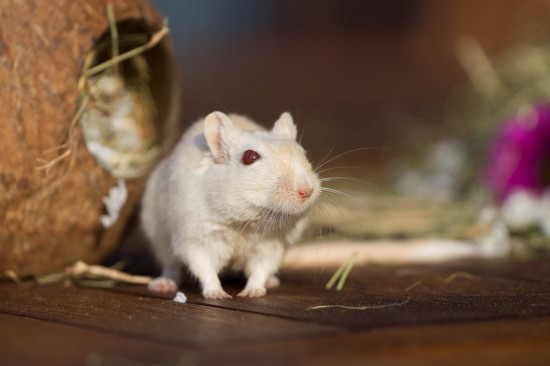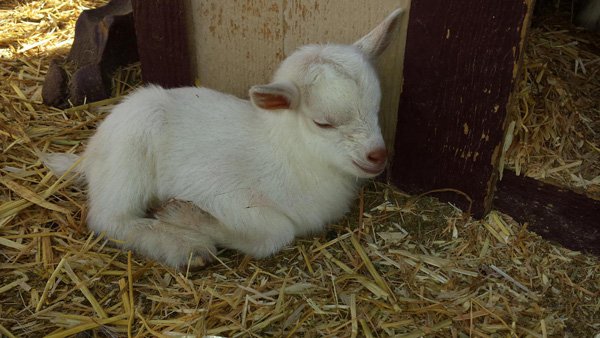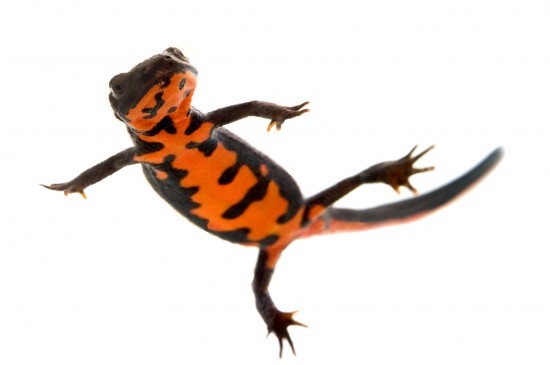

Hamsters are funny little creatures which is why over the years they have proved such popular pets for kids of all ages to keep. For younger kids having a hamster teaches them a lot about responsibility although a child should never be left to do this totally on their own. Looking after any pet needs to be a family affair even if the pet actually belongs to one specific child.
The other reason parents need to be involved is they are more likely to notice when things are not quite right. This includes checking hamsters over on a regular basis making it part of a routine. This way you get to check if they have any lumps, bumps or other injuries. If there is an abnormal growth, it could be a tumour. You would need to find out if the lump is malignant or benign so a quick trip to the vet would be in order for them to carry out a biopsy.
If the vet finds the lump to be a benign tumour, this is good news because it means it won't spread. The other good news is that most tumours in hamsters tend to be benign and it's estimated that only around 4% of them suffer from malignant ones. A malignant tumour is much worse news because it can spread throughout their systems which means the prognosis is never good.
Hamsters tend to suffer from benign tumours in their adrenal glands which are located close to their kidneys. However, older hamsters can develop a condition known as lymphoma which is a tumour of their lymph glands. Another type of tumour is known as T-cell lymphoma which attacks a hamster's skin and it can affect all adult hamsters. Other tumours may also form in a female's womb but both sexes can develop them in their intestines, hair follicles, brains or eyes and elsewhere in their bodies too.
When it comes to prognosis and treatment of a tumour, this really does depend on how soon it is noticed and then treated as well as where the tumour has developed. As with all cancers and other diseases, the earlier a treatment begins, the better a hamster's chances are of living a comfortable life. The problem is when a tumour develops internally and as such there are no specific symptoms to pick up on.
With this said, if you notice your pet has lost their appetite, are suffering from diarrhoea or when you pick them up, they obviously have abdominal pain, this could be an indication there is something untoward going on internally and you would need to take them to the vet for a thorough examination.
As with many forms of cancer, often it is not known what causes a tumour to develop whether it is benign or malignant. However, it is thought that genetics and environmental factors could play a key role in them developing. A tumour as previously mentioned, is an abnormal multiplication of cells which can be caused by several factors including trauma.
It cannot be stressed enough the importance of having a hamster examined by a qualified vet as soon as you notice they have any sort of lump or bump on their bodies. The vet would then be able to offer a diagnosis and recommend the type of treatment your hamster should receive which would depend on where the tumour is forming and if it is malignant or benign.
You may find your vet recommends surgically removing a tumour to prevent it from growing or spreading to other areas of your pet's body. If the tumour is removed early enough the better chance your hamster has of making a quick recovery because detecting a lump or tumour too late might mean it has already spread to other areas of the body and therefore the prognosis would not be that good for your pet.
Getting a hamster for the kids is a great way of introducing them to animals and it teaches them the importance of responsibility. However, the responsibility of looking after one of these lovely creatures should not be left up to the kids alone. Parents too need to be involved so they can make sure a pet is being well cared for and if there is anything wrong with the hamster, like a lump or a bump developing, a parent would pick up on it that much faster. If the lump turns out to be a tumour, the vet would be able to make a correct diagnosis to see whether it is benign or malignant before offering advice on how to go about treating it.
 Thinking Of Owning A Devon Rex Cat?
Thinking Of Ownin
Thinking Of Owning A Devon Rex Cat?
Thinking Of Ownin
 Diverticulitis In Dogs
Diverticulitis In
Diverticulitis In Dogs
Diverticulitis In
 Understanding Gerbil Behaviour
Understanding Ger
Understanding Gerbil Behaviour
Understanding Ger
 Finding The Right Dog Bed For Your Furry Friend
Finding The Right Dog Bed For Your Furry Friend
Finding The Right Dog Bed For Your Furry Friend
Finding The Right Dog Bed For Your Furry Friend
 5 Exotic Animals That Make Great Fascinating Pets
5 Exotic Animals
5 Exotic Animals That Make Great Fascinating Pets
5 Exotic Animals
Copyright © 2005-2016 Pet Information All Rights Reserved
Contact us: www162date@outlook.com